Collected at: https://www.msn.com/en-ca/news/photos/size-is-everything-the-biggest-things-mankind-has-made/ss-BBx2Bhz#image=1
Three Gorges Dam
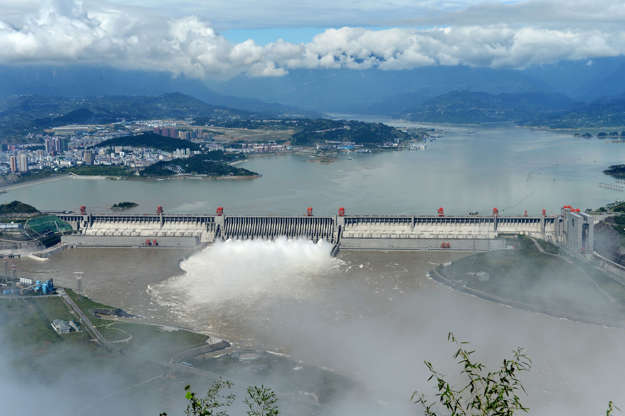
This dam spans the Yangtze River in China and was built at the cost of $37 billion (U.S.). Considered the biggest hydroelectric dam ever built, it displaced 1.3 million people. It even has the capacity to slow the very rotation of the earth by strategically shifting significant masses of water.
Tupolev TU 160
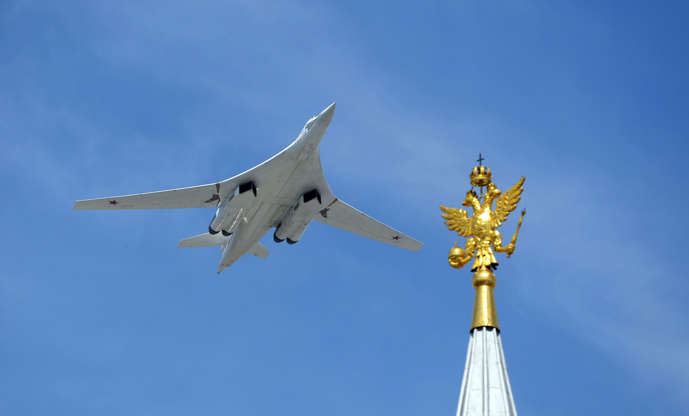
Nicknamed “White Swan,” the Tupolev TU 160 is the largest operational bomber in the world. It also has the reputation of being the heaviest combat aircraft ever. The bomber can engage in high-level as well as low-level penetration. It features four Kuznetsov NK-32 afterburning turbofan engines — the most powerful of its kind to have ever been fitted in a combat aircraft.
Large Hadron Collider

Based at the CERN laboratory near Geneva, Switzerland, the Large Hadron Collider is the most powerful and the world’s largest particle accelerator, operating at an energy that is seven times higher than that of any machine made earlier. It took 10 years and 10,000 scientists from over 100 countries to build the collider. As of 2012, its computing grid is the world’s largest, comprising more than 170 computing facilities across the world.
Apollo Program
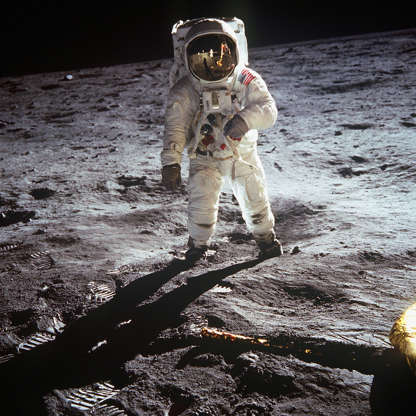
Also known as Project Apollo, the program was carried on from 1961 to 1972 at the cost of $25.4 billion. It was under this program that Neil Armstrong and Buzz Aldrin became the first astronauts to land on the moon — yielding one of the most defining moments in the history of humankind.
Cleanup of the Deepwater Horizon spill
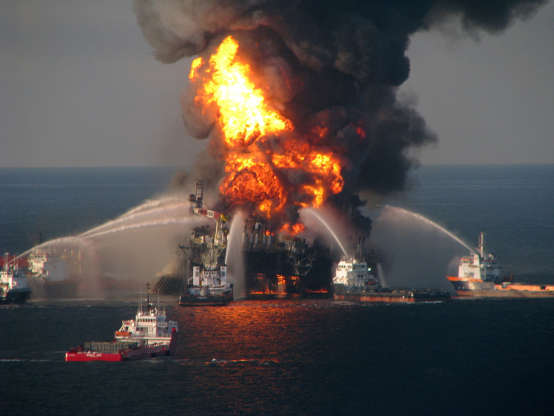
An explosion at the Deepwater Horizon oil rig on April 20, 2010, caused the largest accidental oil spill in the world that also went to become the one of the largest environmental disaster in American history. It subsequently gave way to a massive cleanup operation that took the help of 47,000 people and 7,000 vessels, costing the federal response a whopping $850 million.
Airbus A380
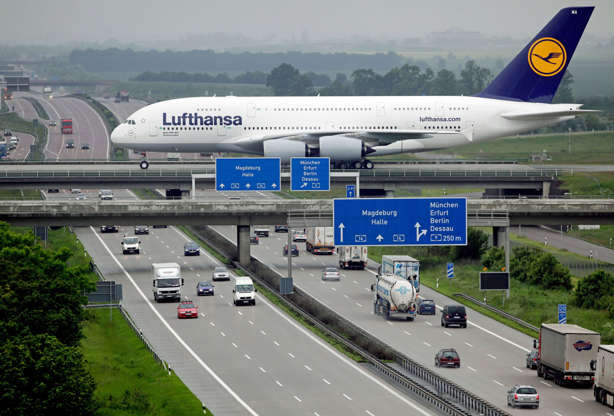
The world’s largest passenger airliner offers 40 percent more cabin space than the next largest aircraft. In a three-class configuration, the aircraft is capable of holding 525 people, with the number going up to 853 in an all-economy class setup. It takes a whopping $432 million to buy an Airbus A380.
Chernobyl New Safe Confinement
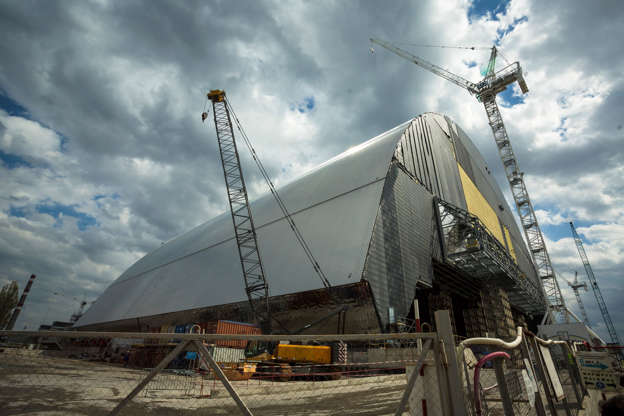
The infamous nuclear reactor at Chernobyl, Ukraine, that was partially destroyed in 1986 has found a new home that is estimated to cost $3.09 billion. The world’s largest land-based moving structure will be 360.9 feet (110 metres) tall and 541.3 feet (165 metres) long, with a projected lifetime of 100 years.
Proposed new capital of Egypt
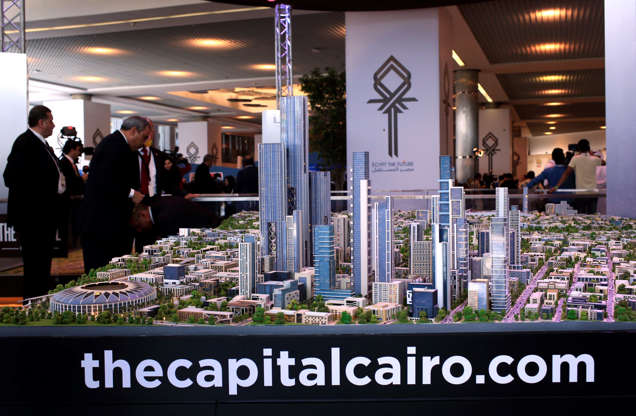
Egypt has proposed to build a $38 billion new capital, 28 miles (45 km) east of Cairo. The city is supposed to have 660 hospitals, 21 residential districts, 1,250 places of worship, a massive theme park and 1.1 million homes that shall be home to five million residents. In terms of population, it will become the biggest purpose-built capital ever.
Wendelstein 7-x

This reactor, built in Greifswald, Germany, is the largest and the most-advanced fusion device in the world and can operate with up to 30 minutes of continuous plasma discharge. The project is 80 percent financed by Germany, while the rest is done by the EU.
Kemper Project
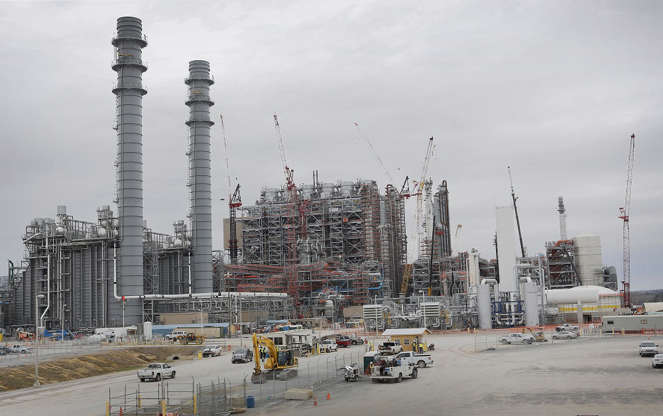
Being constructed in Kemper County, Miss., this electrical generating station will be the first of its kind to employ gasification and carbon capture technologies on such a large scale. As of March 2016, the updated cost of the project is $6.6 billion — three times the original estimate. Once completed, the plant will generate 582 megawatts of electricity.
Global Positioning System
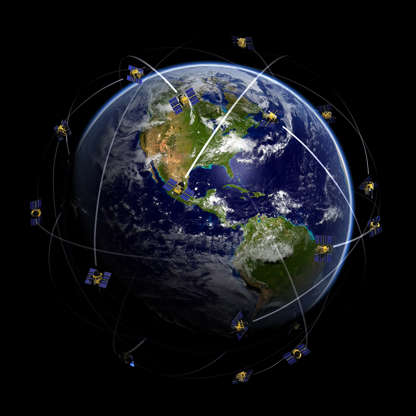
This satellite-based navigation system uses a network of 32 satellites that can help zero in on 2D locations and track any movement, anywhere in the world at any point of time. It doesn’t need any telephonic or internet reception for its operation. Originally intended for military applications of the U.S. Department of Defense, the network was opened to civilian use in the 1980s.
Masjid Al-Haram
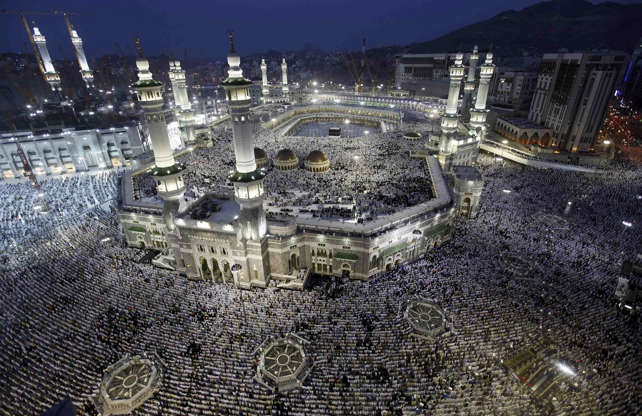
The largest mosque in the world surrounds the Kaaba, the holiest place of Islam in the city of Mecca, Saudi Arabia. Covering 88.2 acres (356,800 square metres) and able to accommodate 820,000 worshipers, the mosque is undergoing a $10.6-billion expansion project that will help it house a total of 2.5 million worshippers at a time.
Copernicus Program
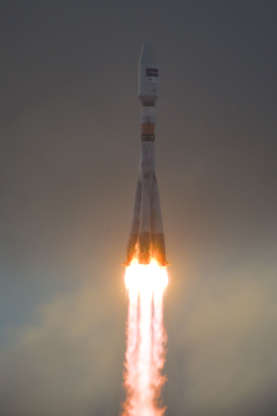
The program, directed by the European Commission, is the largest single earth observation program in the world. In a period between 1998 and 2020, it is estimated to cost $7.5 billion. Through the data resulting from the program, the EU is expected to garner $33.7 billion in benefits and 50,000 new jobs by 2030.
Khazar Islands
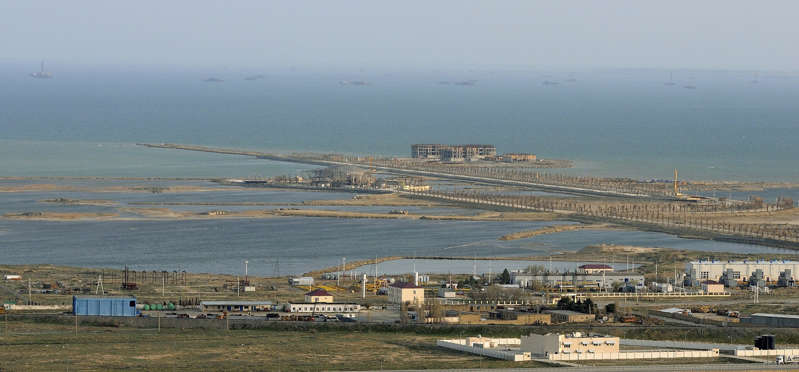
Also known as the Caspian Islands, these 41 artificial islands in Azerbaijan cover 3,000 hectares over the Caspian Sea. The $100-billion planned development will house one million residents along with 150 schools, 50 hospitals, daycare centres, a Formula 1 racing track, university campuses and the Azerbaijan tower.
